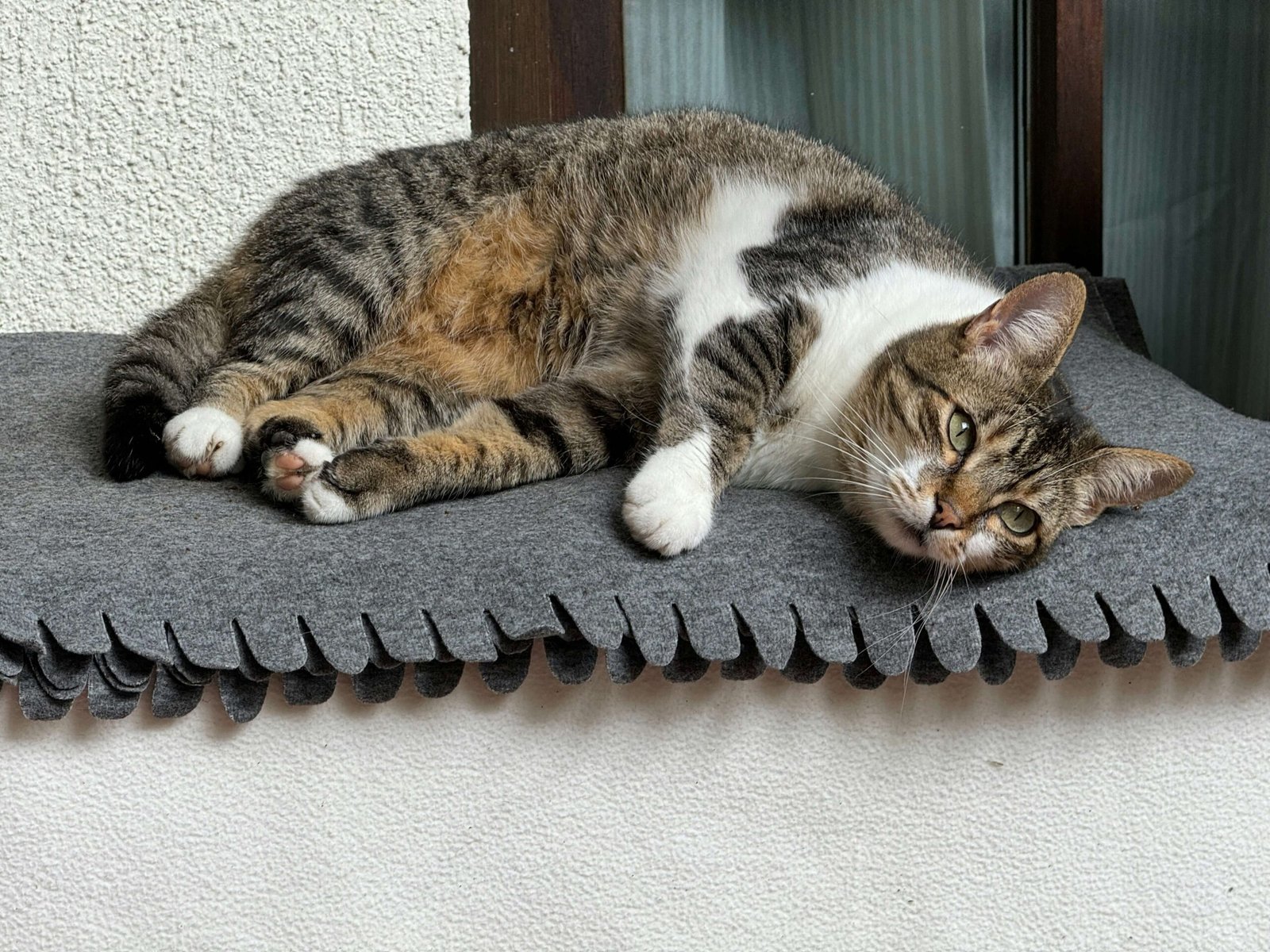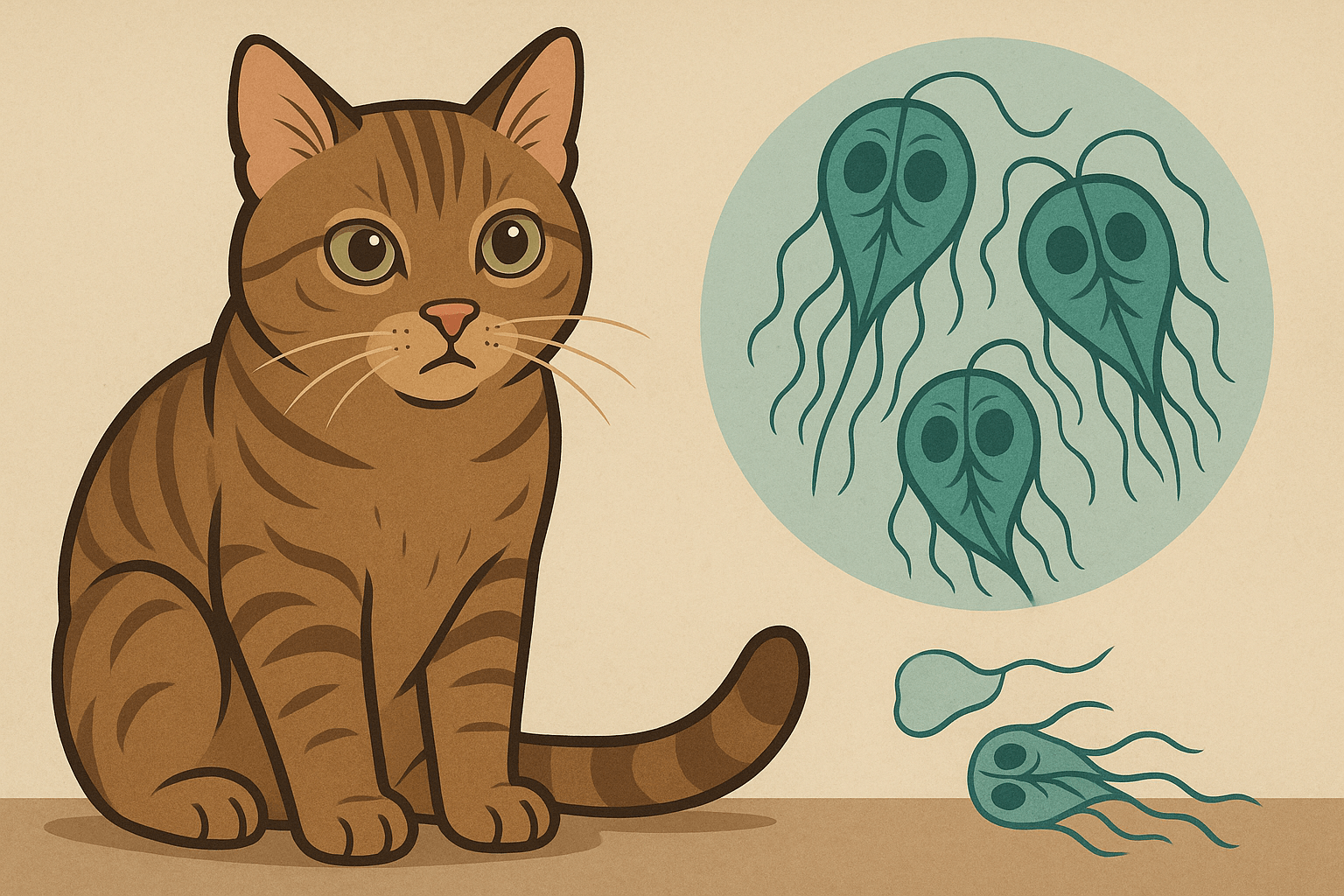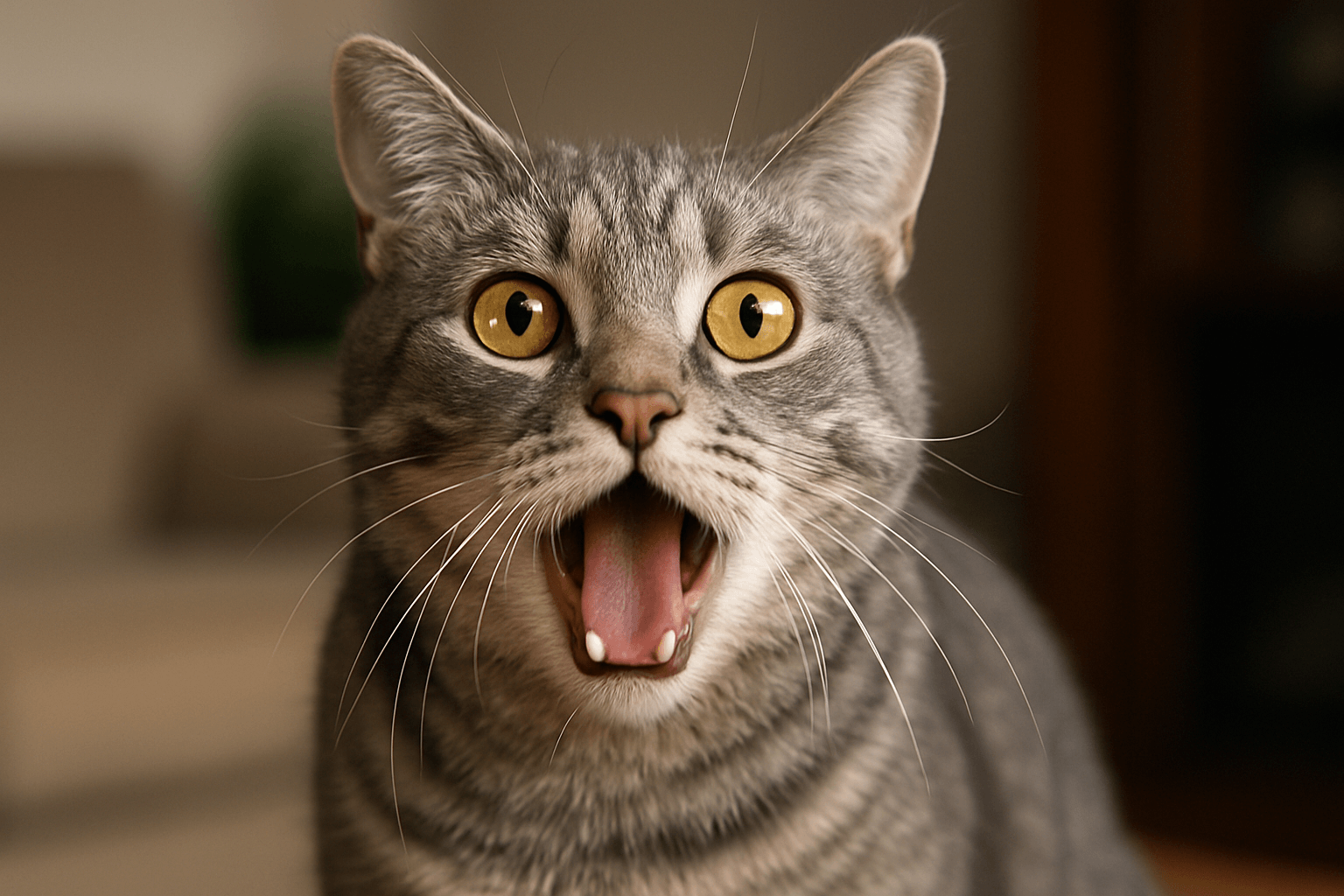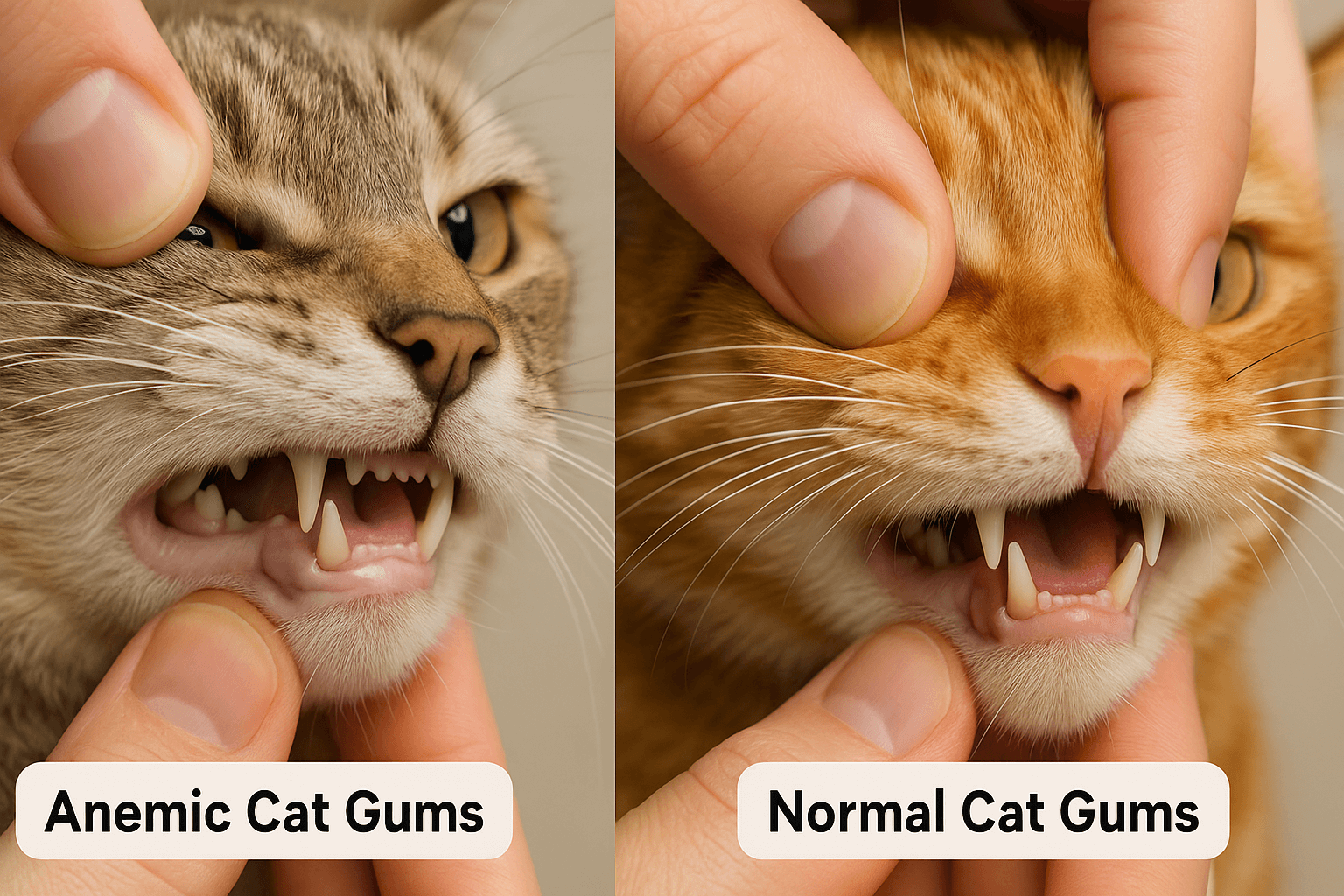Understanding the Lethargic but Purring Cat: A Guide to Feline Behavior
Cats are enigmatic creatures, often leaving their owners puzzled by their seemingly contradictory behaviors. One such behavior is when a cat appears lethargic but continues to purr. While this might seem confusing at first glance, it’s actually quite common and can stem from a variety of reasons. Whether your feline friend is simply relaxing or experiencing something more serious, understanding the nuances of their actions is key to ensuring their well-being. In this blog post, we’ll explore what it means when your cat is lethargic yet still purring, offering insights and tips to help you better care for your furry companion.
Common Reasons Why Cats Purr Despite Lethargy
When a cat exhibits signs of lethargy but continues to purr, it could be due to a range of factors. Below, we’ve outlined some of the most common explanations for this behavior.
Comfort and Relaxation
Cats often purr as a sign of contentment, even when they appear to be low-energy. This is especially true if they’re lounging in their favorite spot.Self-Soothing Mechanism
Purring can act as a form of self-soothing for cats, helping them cope with stress or discomfort. If your cat seems unusually quiet or still, they may be using purring as a calming tool.Sign of Illness or Pain
Sometimes, a lethargic cat that purrs may be masking pain or an underlying health issue. Purring releases endorphins, which can provide temporary relief.Bonding with Their Human
Cats may purr to communicate affection, even when they’re feeling tired or unwell. It’s their way of saying, “I trust you.”Temperature Regulation
Purring has been linked to helping cats regulate their body temperature. If your cat seems lethargic on a cold day, they might be purring to stay warm.
While these reasons are generally harmless, it’s important to monitor your cat’s behavior closely. If lethargy persists or other symptoms arise, consult your veterinarian for further guidance.
How to Care for a Lethargic but Purring Cat
If your cat is showing signs of lethargy while still purring, there are several steps you can take to ensure their comfort and well-being. Here are some practical tips to consider.
Observe Their Routine
Pay attention to any changes in your cat’s eating, drinking, or litter box habits. Sudden shifts can indicate underlying issues.Create a Comfortable Environment
Ensure your cat has access to cozy spaces where they feel safe and secure. Soft blankets, warm spots, and quiet areas can make a big difference.Engage in Gentle Play
Encourage light play sessions to stimulate your cat without overwhelming them. Use toys that don’t require too much physical exertion.Monitor Their Weight
Lethargy can sometimes be linked to weight gain or loss. Regularly check your cat’s body condition and consult your vet if you notice significant changes.Offer Nutritious Meals
Provide high-quality food that meets your cat’s dietary needs. Proper nutrition plays a vital role in maintaining energy levels and overall health.
By taking these steps, you can help your cat feel more comfortable and supported. Remember, early intervention is key to addressing potential problems before they escalate.
Check this guide 👉My Cat Is Lethargic but Eating and Drinking: Best 7 Tips!
Check this guide 👉The Mystery of the Lethargic Cat: Best 7 Expert Tips!
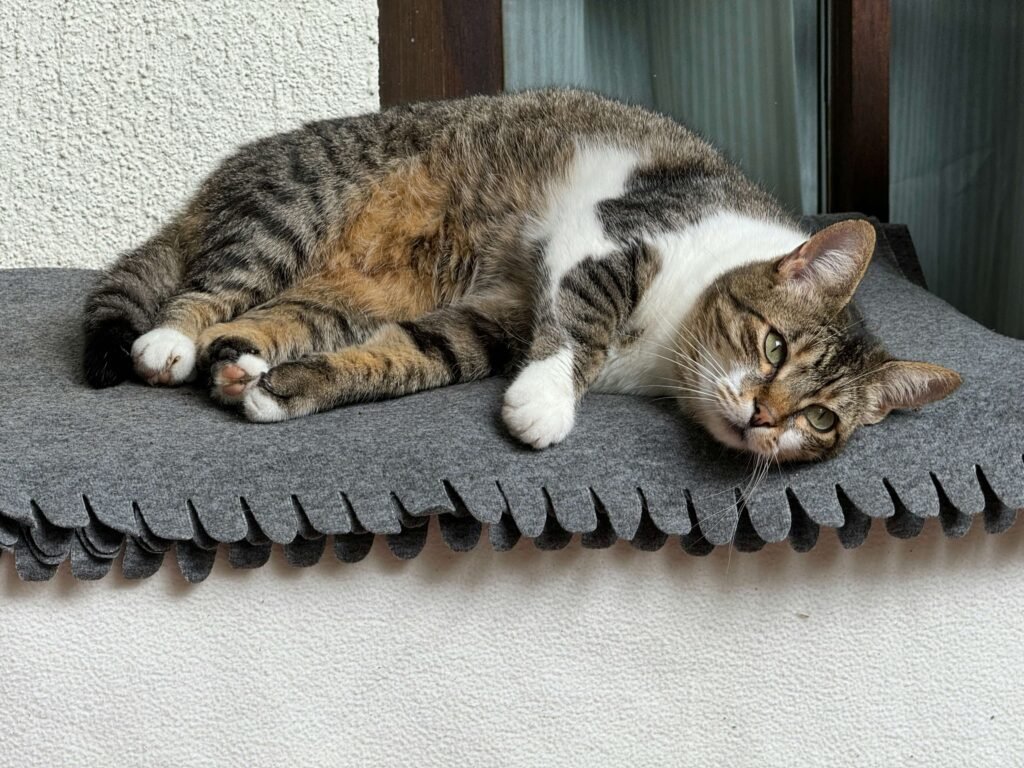
Signs to Watch For | Possible Causes |
|---|---|
Persistent lethargy | Underlying illness or fatigue |
Decreased appetite | Dental issues or digestive problems |
Changes in litter box habits | Urinary tract infections or constipation |
Excessive vocalization | Stress, anxiety, or seeking attention |
Hiding more than usual | Fear, pain, or environmental changes |
Signs That Indicate Your Cat Needs Veterinary Attention
While occasional lethargy isn’t always cause for concern, certain symptoms warrant immediate veterinary care. Here’s what to look out for.
Refusal to Eat or Drink
If your cat hasn’t eaten or had water for over 24 hours, it’s time to contact your vet.Labored Breathing
Difficulty breathing or rapid panting can signal respiratory distress or heart issues.Vomiting or Diarrhea
Frequent vomiting or diarrhea may indicate poisoning, infection, or gastrointestinal disorders.Limping or Mobility Issues
If your cat struggles to walk or shows signs of pain, they may have injured themselves.Unexplained Aggression
Sudden aggression can be a sign of pain, fear, or neurological problems.
These symptoms should never be ignored. Early detection and treatment can significantly improve your cat’s prognosis.
Ways to Strengthen Your Bond with Your Cat
Building a strong bond with your cat is essential for fostering trust and mutual understanding. Here are some ways to deepen your connection.
Spend Quality Time Together
Dedicate moments each day to interact with your cat, whether through play or cuddles.Learn Their Preferences
Every cat is unique. Pay attention to what makes yours happy, whether it’s a specific toy or type of treat.Respect Their Space
Give your cat room to retreat when they need alone time. This builds trust and reduces stress.Use Positive Reinforcement
Reward good behavior with treats, praise, or gentle pets to encourage positive interactions.Communicate Through Body Language
Learn to read your cat’s signals, such as tail flicks or ear positions, to better understand their mood.
By nurturing this bond, you’ll create a harmonious relationship that benefits both you and your feline friend.
Signs of a Happy and Healthy Cat
A happy and healthy cat is every pet owner’s goal, but how do you know if your feline friend is truly thriving? Here are some key indicators to look for.
Consistent Eating Habits
A healthy cat will eat their meals regularly without hesitation or significant changes in appetite.Shiny Coat and Clear Eyes
A well-groomed coat and bright, clear eyes are signs of good health and proper hydration.Active Playfulness
Cats that engage in regular play and exploration are typically content and physically fit.Regular Litter Box Use
Consistent litter box habits, including normal urination and defecation, reflect a healthy digestive and urinary system.Affectionate Behavior
Cats that seek out affection and interact with their owners are often feeling secure and happy.
By observing these signs, you can gain valuable insights into your cat’s overall well-being. If any of these behaviors change drastically, it may be time to consult your veterinarian.
How to Create a Stress-Free Environment for Your Cat
Cats are sensitive creatures, and their environment plays a significant role in their mental and physical health. Creating a stress-free space can help your cat feel more at ease.
Provide Hiding Spots
Cats feel safer when they have designated areas to retreat to, such as cozy beds or enclosed spaces.Minimize Loud Noises
Sudden or constant loud sounds can startle cats. Use white noise machines or keep noisy appliances away from their resting areas.Introduce New Changes Gradually
Whether it’s a new pet, furniture, or routine, introduce changes slowly to avoid overwhelming your cat.Use Calming Scents
Products infused with calming pheromones, like sprays or diffusers, can help reduce anxiety in cats.Maintain a Routine
Cats thrive on predictability. Feeding, playing, and grooming at the same times each day can provide stability.
A calm and predictable environment not only reduces stress but also strengthens the bond between you and your cat. Small adjustments can make a big difference in their quality of life.
Fun Ways to Keep Your Cat Mentally Stimulated
Mental stimulation is just as important as physical exercise for cats. Engaging their minds helps prevent boredom and promotes overall well-being.
Interactive Toys
Toys that require problem-solving, such as treat puzzles or feather wands, keep cats entertained and challenged.Window Perches
Providing a perch near a window allows cats to observe birds, squirrels, and other outdoor activities.Rotating Toys
Regularly switching out toys keeps things fresh and exciting for your cat, preventing monotony.Training Sessions
Teaching your cat simple tricks using positive reinforcement can stimulate their brain and deepen your bond.Cat-Friendly Tech
Consider apps or gadgets designed for cats, such as tablet games or automated laser pointers, for added variety.
Incorporating these activities into your cat’s daily routine ensures they stay mentally sharp and engaged. A stimulated cat is not only happier but also less likely to develop behavioral issues caused by boredom.
FAQ Section
Why does my cat purr when they seem tired?
Cats often purr as a sign of relaxation or contentment, even when they’re feeling low-energy. However, purring can also indicate discomfort or pain, so it’s important to observe other behaviors.
Should I worry if my cat is lethargic but still purring?
Occasional lethargy is normal, but persistent lethargy combined with other symptoms like loss of appetite or vomiting requires veterinary attention.
How can I tell if my cat is in pain?
Look for signs such as limping, excessive grooming, hiding, or changes in behavior. Purring doesn’t always mean a cat is happy—it can also be a coping mechanism.
What should I do if my cat stops eating?
Contact your veterinarian immediately. Cats who stop eating risk developing serious health complications, including fatty liver disease.
Can stress cause lethargy in cats?
Yes, stress can lead to lethargy and other behavioral changes. Common stressors include moving homes, new pets, or loud noises.
Final Thoughts: Navigating Your Cat’s Lethargic Yet Purring Behavior
Understanding why your cat is lethargic but still purring involves patience, observation, and empathy. From recognizing signs of comfort to identifying potential health concerns, being proactive about your cat’s well-being is crucial. By following the tips outlined in this post and staying attuned to your feline’s unique personality, you can ensure they lead a happy, healthy life. Remember, when in doubt, consulting your veterinarian is always the best course of action. After all, your cat relies on you to keep them safe and sound—and with love and care, you’ll continue to strengthen the incredible bond you share.
Giardia in Cats: Best 7 Expert Tips! Discover expert advice on identifying, treating, and preventing giardia in cats to ensure your feline stays happy and healthy.
Cat Hyperventilating: Best 7 Expert Tips! Discover signs, causes, and solutions for cat hyperventilation. Learn how to calm your cat and when to seek veterinary care for their breathing issues.
Anemic Cat Gums vs Normal: Best 7 Expert Tips! Learn to spot signs of anemia in cats, understand gum health, and ensure your feline stays happy and healthy with expert advice.
Himalayan Cat Size: Best 7 Expert Tips! Discover expert advice on Himalayan cat size, growth factors, care tips, and how to ensure your feline stays healthy and happy.

